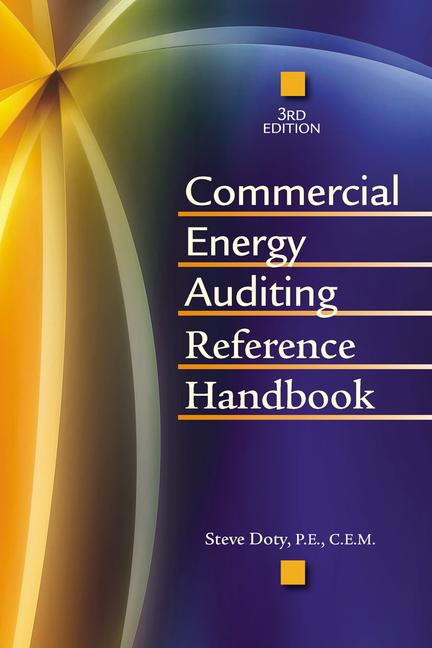Large energy customers are being asked, by a variety of well-meaning organizations, to voluntarily reduce their greenhouse gas emissions. How should customers respond to such requests?
Due to the regulatory and leadership vacuum created by the Bush administration with regard to global warming, roughly a dozen uncoordinated efforts are now underway seeking commitments to mitigate climate change. Most involve energy conservation/efficiency, recycling, and/or use of renewable energy sources. Some go further, however, also seeking commitments on how a customer invests its funds, supports “social enterprises,” treats its employees, and other non-energy issues. While the basic thrust of such efforts is laudable, their proliferation and inconsistency may be causing significant “grade inflation” amidst claims of going green.
While none of the programs has any legal clout or involve direct penalties, each (to varying degrees) tries to exploit the ethical and public relations sensitivities of energy customers. In at least one case, a “report card” grade was issued that publicly criticized a non-profit institution for failing to take actions that had indeed already been done. The institution had simply not responded to the organization’s mailed survey, and had not detailed its energy-related actions at its website.
Pick Your Pledge
A brief review of commitment programs found the following.For commercial businesses:
- Climate Resolve
- Global Reporting Initiative
- Sustainability Purchasing Network
For colleges and universities:
- Sustainability Endowment Institute
- President’s Climate Commitment
For local and/or state governments:
- U.S. Mayors Climate Protection Agreement
- Various actions by state governors
Programs for single cities (e.g., New York City’s 2030 Challenge Partners).
Numerous voluntary “challenges” and “partnerships” involving the EPA and DOE, none of which carry any penalties or have any process for independently verifying claims
Cherry Picking The Greenery
Some savvy energy users, especially those with checkered environmental records, have been reviewing these programs to see which offers the best public relations bang for the lowest commitment buck. Some programs, for example, allow a participant to choose among a menu of options to comply, but the climate impact of the options may vary widely. One could, for example, merely agree to buy Energy Star office equipment, and encourage use of mass transit, which many firms already do. A facility that takes many more steps, however, is not publicly distinguishable from those taking only two. While both will likely issue chest-thumping press releases, only one may have any real impact on global warming.How Green Is My Busbar?
A major area of commitment activity regards buying power from renewable sources such as wind, solar, and hydro. One program calls for buying 15% of power from green sources within a year, while another calls for doubling one’s green power purchasing. A third allows counting power from fuel cells as “renewable,” even when the source of natural gas used to run the cells is standard utility pipelines (which do not carry gas from renewable sources, such as landfills).In many cases however, a large energy user could claim it is buying 15% of its power from renewable sources without taking any action, simply because standard utility power may already come from hydro and/or wind sources. In a growing number of states, Renewable Portfolio Standards (RPS) are in effect that require utilities to secure a minimum green power component, regardless of customer desires. Some of the commitments are so poorly worded that they practically invite such shenanigans. A better approach would be to require a defined percentage above a utility’s existing level of renewable power.
Like green power offerings before the Green-e Certification system was created, there are at present no independent standards or oversight for such commitments, or how signatories are complying with them.



